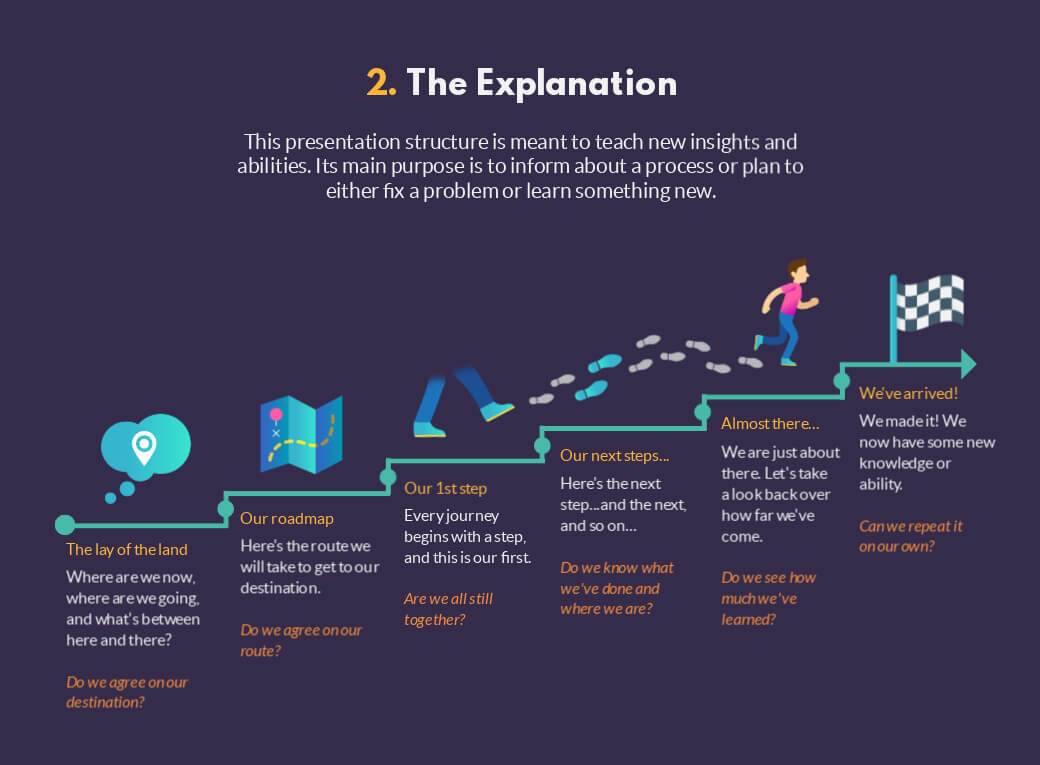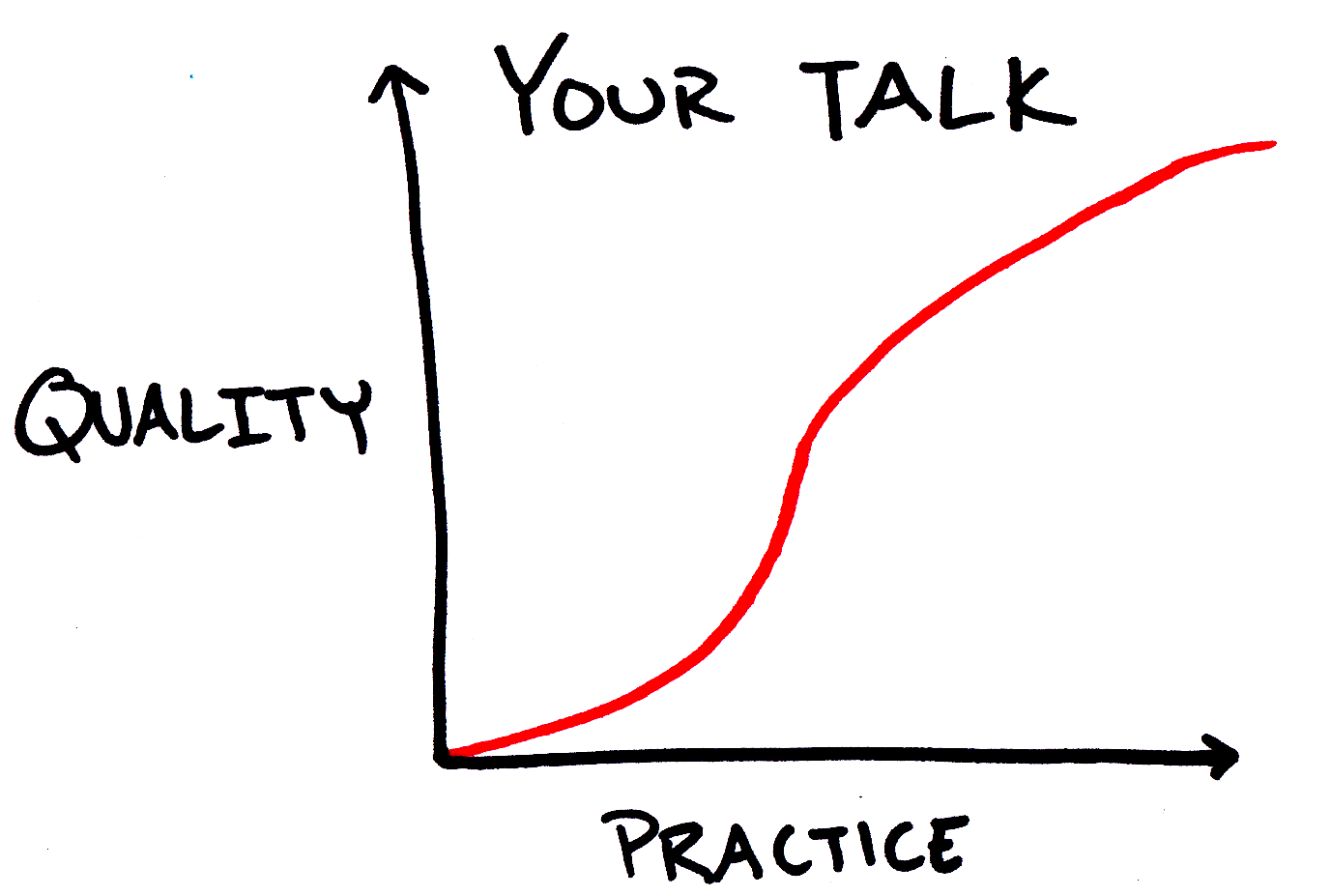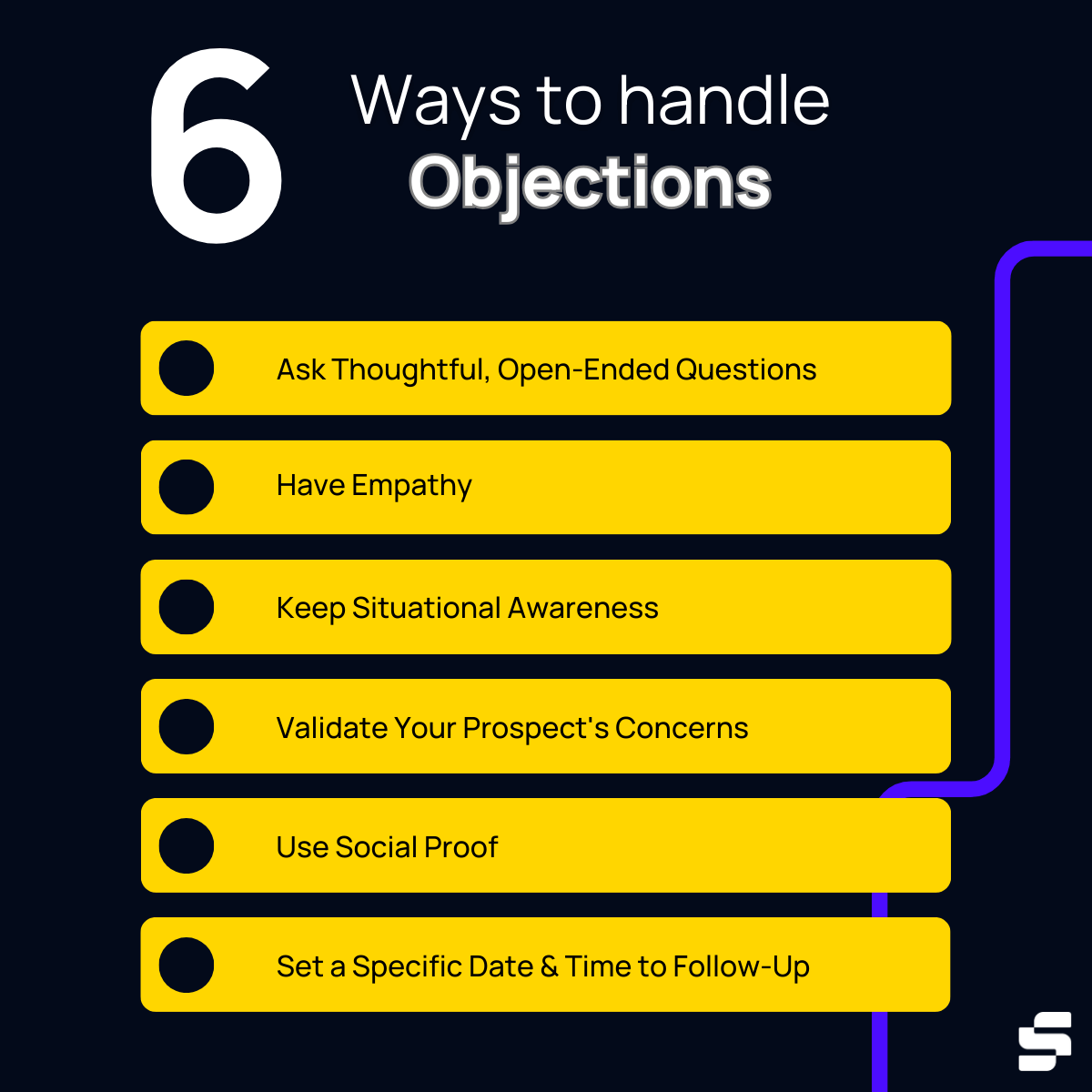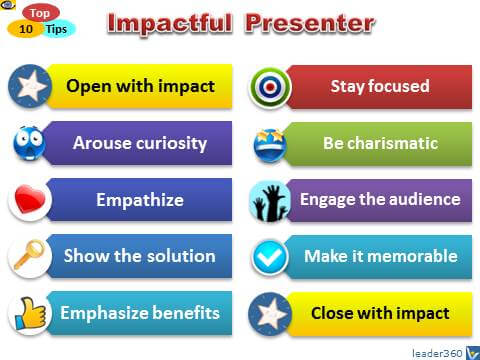How to Make Sports Sales Presentations That Close Deals
By incorporating stories into your presentation, you can make your message more engaging and relatable, which is the #1 way to make sales presentations that close deals. With the sports industry so high in demand, it’s no wonder more businesses and investors are looking to gain their ground in this high-revenue industry. Creating an effective sales presentation within the sports industry is more than just putting something together, it’s about understanding your audience, and their pain points and creating a strategy that can help improve the sales of merchandise, tickets, sponsorship and more. In this article, we’ll discuss how you can make sports sales presentations that can impress and close the deal you’re hoping to close.
Click on each corresponding link to jump ahead:
- Research Your Sports Audience
- Understand Sporting Pain Points
- Structure Your Sports Presentation With An Agenda
- Delivering Your Sports Presentation
- Practice and Rehearsal
- Be prepared to handle objections
- Create feelings of trust, safety and confidence in your presentation
- Make them believe you can deliver
- Educate the buyer on new ideas or perspectives
- Have a compelling call to action
If you are looking for a company to help with sales, contact Profitworks.
1) Research Your Sports Audience

Source: Edison Research
Before you start to construct your sales presentation you need to understand who your audience will be. For example, if you’re selling tickets, the sales pitch will be much different from if you’re trying to close a deal of a sponsorship for an up-and-coming player. When researching your audience, it’s important to look at:
- Their interest in the sport you’re trying to promote or sell items for
- Whether you have shared values
- The demographic and age range your audience is in
- Their job title or what they do to earn their money
This is important to help create a message in your presentation which resonates with your target audience so you can close the deal easier.
2) Understand Sporting Pain Points
Try to understand the pain points your audience is facing and examine if there are any issues related to the following:
- Fan engagement: Are fans not showing up to games or events related to the sport?
- Revenue generation: Has revenue and ticket sales dropped in recent months?
- Branding: Do fans and others understand the brand or know who the sports team is when they see the brand?
Addressing how you’re going to help your audience fix their issue will dramatically improve your chances of closing the deal.
3) Structure Your Sports Presentation With An Agenda

Source: Visme
When creating your presentation it’s important to set up a clear agenda of how you’re going to lay out the information. Your presentation should have:
- An introduction
- Company Overview
- Market Insights
- Proposal
- Solutions
- Case study or testimonials
- Questions and answers
- Closing statement and CTA
When presenting your presentation, make sure you’ve included visuals to make more of an impact, especially with key data. Use interactive sales presentations to help bring to life your presentation and create something unique which your competitors may not have thought of.
Use high-quality images which are relevant to your presentation. Images can help to break up large blocks of text. Include graphs and charts to help present data in a more digestible way. Charts and graphs can help to make complicated information easier to understand. Ensure each of your slides has your company’s brand attached to help promote a professional look. Visuals can help to bring a boring presentation to life but remember to not go overboard, as it can then turn into visual overload.
4) Delivering Your Sports Presentation
HOW TO Give a Great Presentation - 7 Presentation Skills and Tips to Leave an Impression
When delivering your presentation to your audience, always make eye contact as this helps to create a great first impression. Highlight any unique selling points with clear language around why the audience should choose you vs your competitors. Focus on the benefits your audience will get and not the features you may offer. They need to know what they’ll get when they choose you.
Make sure to tailor your presentation to the sport you’re trying to target. Encourage interaction from your audience. Allow for question time or breaks if needed, and share any success stories you’ve had with other clients so they can see you have what they need to succeed. Reinforce any key points you want them to remember right at the end so it’s fresh in their mind when they walk away from your meeting to think about it.
Profitworks specializes in enhancing companies’ sales processes by providing tailored solutions designed to drive sales growth. They offer a comprehensive sales process template that helps businesses implement a structured and repeatable sales framework. This framework guides sales teams through each step, from early-stage lead generation to closing deals, ensuring consistency and efficiency. By leveraging their expertise and resources, Profitworks.com enables companies to optimize their sales strategies, improve productivity, and ultimately increase their revenue
5) Practice and Rehearsal

Source: Ikirgin
Preparation is key to mastering any sports sales presentation, and practice is the foundation of that preparation. By rehearsing your pitch, you not only gain confidence but also refine your delivery, ensuring your message resonates with potential clients. Here's how to make the practice work for you:
-
Role-Play with Colleagues
Gather your team members and conduct role-play sessions where one person acts as the client and the other as the salesperson. This allows you to anticipate possible questions, objections, and concerns, and learn to address them in real time. It also offers the chance to experiment with different approaches and find out what works best for different client personalities. -
Record and Review
Video or audio recordings of your practice sessions are invaluable for self-assessment. When you review the playback, you’ll notice areas where you may seem unclear, unsure, or repetitive. Focus on improving your tone, clarity, and body language, as these non-verbal cues can make a significant impact during a live presentation. -
Adapt to Different Scenarios
No two clients are the same, and no two presentations should be either. During rehearsal, challenge yourself by adjusting the pitch for different client scenarios. Whether it’s pitching to a small amateur league or a large professional sports franchise, tailor your message to each audience's specific needs, values, and goals. This adaptability will help you appear more relatable and trustworthy, key qualities for closing deals. -
Timing and Flow
Rehearse the timing of your presentation. You want to be engaging without overloading the client with too much information. Practice delivering your key points concisely and effectively, while ensuring the presentation flows naturally from one section to the next. Make sure there is a balance between talking and listening—encouraging dialogue from the client is crucial. -
Prepare for Objections
During practice, identify common objections that clients might raise and prepare strong, persuasive responses. Addressing concerns confidently and directly shows that you understand the client’s pain points and are equipped with solutions, which can make a huge difference in winning their business.
By committing time to regular practice and rehearsal, you’ll hone your skills, fine-tune your pitch, and improve your ability to close deals.
6) Be prepared to handle objections

Source: SalesPipe
Handling objections effectively is crucial in sports sales presentations. Clients will naturally have concerns—whether about price, value or fit—and addressing these objections with confidence can significantly improve your chances of closing the deal.
First, it’s essential to anticipate common objections before your meeting. Clients may raise issues related to budget, ROI, or how your solution compares to competitors. By preparing responses in advance, you can seamlessly address these concerns, demonstrating both your expertise and understanding of their unique challenges.
When an objection arises during the presentation, acknowledge it openly and empathetically. Saying something like, "I understand why that could be a concern," shows the client you’re listening and valuing their input. Dismissing or ignoring objections only leads to further resistance, but addressing them head-on can build trust.
Backing your responses with data is one of the best ways to dispel concerns. Clients might hesitate about pricing, for example, but you can counter this by sharing case studies, success stories, or statistics showing the value others have gained from your product. Data-driven evidence can reassure clients and ease doubts.
Moreover, treat objections as opportunities rather than obstacles. If a client is concerned about the timeline, use it as a chance to explain how your solution improves efficiency. If they bring up a competitor, highlight your strengths and advantages that differentiate you. This not only addresses their concerns but also reinforces the unique value your offering provides.
It’s also important to stay calm and composed when objections come up. The tone of your response can shape how the client perceives your product or service. A confident, measured approach assures the client that you believe in what you’re selling and that their concerns are manageable.
When objections are unclear, ask clarifying questions to understand the client's perspective better. If they say, “The cost is too high,” ask, “Could you explain what you’re comparing it to?” This helps you tailor your response more effectively to their specific concerns, offering a solution that feels personalized.
Lastly, be ready to offer compromises or alternatives when appropriate. Flexibility in payment terms, service options, or additional support can help overcome hesitations while still preserving the value of your offer. This demonstrates your willingness to collaborate and find a solution that works for both parties.
In sum, being prepared to handle objections with empathy, data, and a calm, confident demeanour can strengthen your relationship with the client and significantly increase the likelihood of closing the deal.
7) Create feelings of trust, safety and confidence in your presentation
What IS Trust Actually? | Simon Sinek
Building trust and instilling confidence in your sports sales presentation is crucial to closing deals. Clients need to feel secure in their decision to work with you, and cultivating these feelings will greatly enhance your ability to win their business.
Start by establishing credibility early. Mention your experience in the industry, share relevant success stories, and reference similar clients you’ve worked with. By demonstrating your expertise and a history of delivering results, you reassure the client that they’re in capable hands.
-
Be transparent about your offer. Clearly outline what your product or service can and can’t do. Avoid overselling or making unrealistic promises. Clients value honesty, and when they feel like they’re getting a genuine assessment, they are more likely to trust you.
-
Empathize and actively listen. Show that you understand their specific challenges and concerns. When a client feels heard, they’re more likely to engage with your solutions. This approach turns your presentation into a collaborative conversation, building a foundation of mutual respect.
Confidence plays a huge role in winning trust. Speak confidently about your product, but avoid arrogance. Clients want to feel that you believe in your solution, but they also want to be acknowledged as experts in their own right. Maintaining a balanced, respectful tone shows you’re confident in your offering while valuing their perspective.
The structure and delivery of your presentation also contribute to the client’s sense of safety. A well-organized presentation with clear flow and thoughtful responses to questions shows that you’re professional and reliable. Even small details—like being punctual and well-prepared—send signals that you’re dependable.
Lastly, build rapport by tailoring your presentation to their unique needs. Show that you’ve done your homework and understand their specific goals and pain points. Clients are far more likely to trust you when they feel the presentation is personalized for them rather than a one-size-fits-all pitch.
By combining transparency, empathy, confidence, and professionalism, you create an environment where clients feel safe and assured in their decisions. This sense of trust and security is essential for closing deals and building long-term partnerships.
8) Make them believe you can deliver

Source: 1000ventures
In sports sales presentations, it’s not enough to have a great product or service—you need to convince the client that you can actually deliver on your promises. Canadian sports organizations, for instance, are highly competitive and discerning, so instilling confidence in your ability to follow through is crucial to closing deals.
Start by sharing proof of your past successes. Mention clients you’ve worked with in Canada or globally, and provide tangible results like increased revenue, enhanced fan engagement, or improved team performance. If possible, include case studies that show how you’ve delivered measurable outcomes, particularly for organizations similar to the one you’re pitching to. Data-backed success stories immediately build credibility.
-
Offer specifics about your process. Clients need to see not just what you’re offering, but how you will implement it. Lay out a clear plan for how you’ll achieve the promised results, including timelines, milestones, and what support they can expect along the way. This level of detail reassures the client that you’ve thought through the entire process and are prepared to execute it.
-
Address potential risks. Every deal comes with risks, and clients are more likely to trust you if you acknowledge those risks upfront and have solutions ready. By discussing how you’ve managed challenges in the past—whether they’re related to budgets, logistics, or unexpected setbacks—you can demonstrate that you’re capable of handling whatever might come up.
It’s also important to highlight the resources and partnerships that make your solution possible. Whether you have a strong local presence in Canada, partnerships with reputable vendors, or a skilled team, showcasing these assets assures the client that you have the capacity to deliver on your promises.
Lastly, personalize your approach. Show the client that you’ve taken the time to understand their specific needs and challenges. By customizing your solution to their goals and presenting a realistic, achievable plan, you create a sense of trust that you are not only capable but committed to delivering results that matter to them.
By combining proof of past successes, a detailed implementation plan, and personalized solutions, you can make your client believe in your ability to deliver—ultimately helping you close the deal.
9) Educate the buyer on new ideas or perspectives
The Psychology of Selling: 13 Steps to Selling that Work
In sports sales presentations, one of the most effective ways to engage a client is by offering fresh insights and perspectives. When you can educate the buyer, you position yourself as more than just a salesperson—you become a valuable resource, which helps build trust and set you apart from the competition.
Start by introducing ideas or trends that the client may not be fully aware of. This could include innovative technologies, new fan engagement strategies, or shifting market dynamics within the sports industry. Providing information they haven’t considered opens their eyes to new possibilities and shows that you’re on the cutting edge of industry knowledge.
-
Present solutions in a new light. Take the client’s current challenges or goals and reframe them with a fresh approach. For example, if they are focused on ticket sales, you might suggest a broader fan experience strategy that includes digital engagement and long-term brand loyalty. By offering new ways to solve their problems, you expand their thinking and position yourself as a strategic partner, not just a vendor.
-
Leverage industry trends and data. Bring in research, statistics, or case studies that highlight where the sports industry is headed. Sharing relevant data not only educates but also reinforces your credibility as an expert who understands the evolving landscape. This might involve showing how digital transformation is impacting sports marketing or how fan behaviour is shifting post-pandemic. The key is to provide context that the client may not have considered, offering them actionable insights they can apply.
Engaging the buyer with new ideas also creates opportunities for dialogue. Invite them to share their thoughts on these trends and ask questions about how these concepts could fit into their organization’s strategy. This helps foster a more collaborative relationship, where you’re not just presenting a solution but co-creating a vision with the client.
Lastly, tie these new perspectives back to your offering. Once you’ve educated the buyer on new possibilities, show how your product or service can help them capitalize on these insights. Whether it’s through enhanced fan engagement, cutting-edge analytics, or operational efficiency, make sure to connect the dots between the new ideas you’ve shared and the tangible benefits your solution can deliver.
By educating the buyer on new ideas and perspectives, you not only demonstrate your expertise but also add value to the relationship, helping to build trust and increase the likelihood of closing the deal.
10) Have a compelling call to action
2 Ways to Call to Action
A strong call to action (CTA) is what moves your sports sales presentation from discussion to decision. Once you’ve educated, persuaded, and built trust with your clients, it’s essential to guide them toward the next step with a clear and compelling CTA that motivates them to act.
First, make your CTA specific and actionable. Instead of a vague statement like “Let me know if you’re interested,” provide a concrete next step that aligns with the client’s goals. For example, you could say, “Let’s schedule a follow-up meeting next week to finalize the implementation plan,” or “I’ll send over a proposal by Friday so we can move forward.” This clarity shows you’re ready to take action and keeps the momentum going.
-
Create urgency. While you want to avoid being overly aggressive, a sense of urgency can help push the client to make a decision. Highlight any time-sensitive benefits, such as limited-time discounts, early access to exclusive features, or the advantage of acting quickly to stay ahead of competitors. For example, “By securing this partnership now, you’ll be in a prime position for next season’s fan engagement campaign.”
-
Reaffirm the benefits. Before delivering your CTA, remind the client of the key benefits you’ve discussed. Whether it’s increased revenue, enhanced fan engagement, or operational efficiency, reframe your CTA as the logical next step toward achieving those benefits. You might say, “With the data-driven strategy we’ve discussed, we can help you reach your revenue goals for the upcoming season—let’s move forward and get the process started.”
In some cases, offering a low-risk, trial commitment can also be an effective CTA. For example, suggesting a pilot program or a short-term contract gives the client a chance to experience the value you provide before making a larger commitment.
Ultimately, a compelling CTA should feel like a natural conclusion to your presentation. It should be focused, actionable, and framed around the value you’re delivering. By making it clear what the next step is, and why it benefits the client, you significantly increase your chances of closing the deal.
